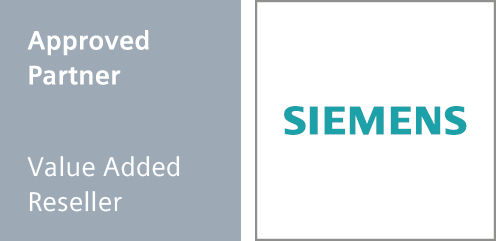In building its new plant, Australia’s largest paint manufacturer DuluxGroup has applied the principles of advanced manufacturing, and focused on the end-to-end digitalisation of all processes. This future-oriented approach has increased efficiency and quality, reduced time to market, and introduced a level of flexibility that will help personalise mass paint production.
Dulux is Australia’s most recognised paint brand and it is owned in the region by Dulux Australia, part of DuluxGroup. The company offers its customers a wide selection of colors – after all, there is almost no limit to individual tastes.
“We face the enormous challenge of wanting to offer both small and large quantities of paint economically, and in our customary high quality,” says Kevin Worrell, Project Director at Dulux Australia.
“We wanted to make sure that our new factory would be future-proofed to allow us respond quickly to the latest trends, create new business opportunities and remain at the leading edge of paint manufacturing well into the future.”
Key factors for success:
- Individualised paint production
- Simulation and reality in close proximity
- Efficient documentation with paperless manufacturing
- Faster and with less energy consumption
The quick implementation of the entire plant and the successful operational launch can be attributed to more than just the extensive digitalisation strategy. The close cooperation of everyone involved also played a major role.
“As the Main Automation Vendor (MAV) and Main Electrical Vendor (MEV) from the very beginning, Siemens was not only the technology supplier but also the development partner,” said Michael Freyny, Executive General Manager for the Digital Factory and Process Industries and Drives divisions, Siemens Australia.
“We greatly valued the partnership and felt it was essential,” says Worrell.
As Siemens’ solution partner for the project, Mescada also played a crucial role in contributing its expertise in IT infrastructure, Process Control Systems and Manufacturing Operations Management (MOM) systems. Another contributor was CET Group as the Process and Mechanical Designers, with 3D modelling, Process identifier (PID) and datasheets.
“Siemens’ enormous digital enterprise experience and its ability to offer the best possible service as a globally operating corporation, in combination with our partners’ solutions were the factors that led to the project’s success,” Freyny sums up.


